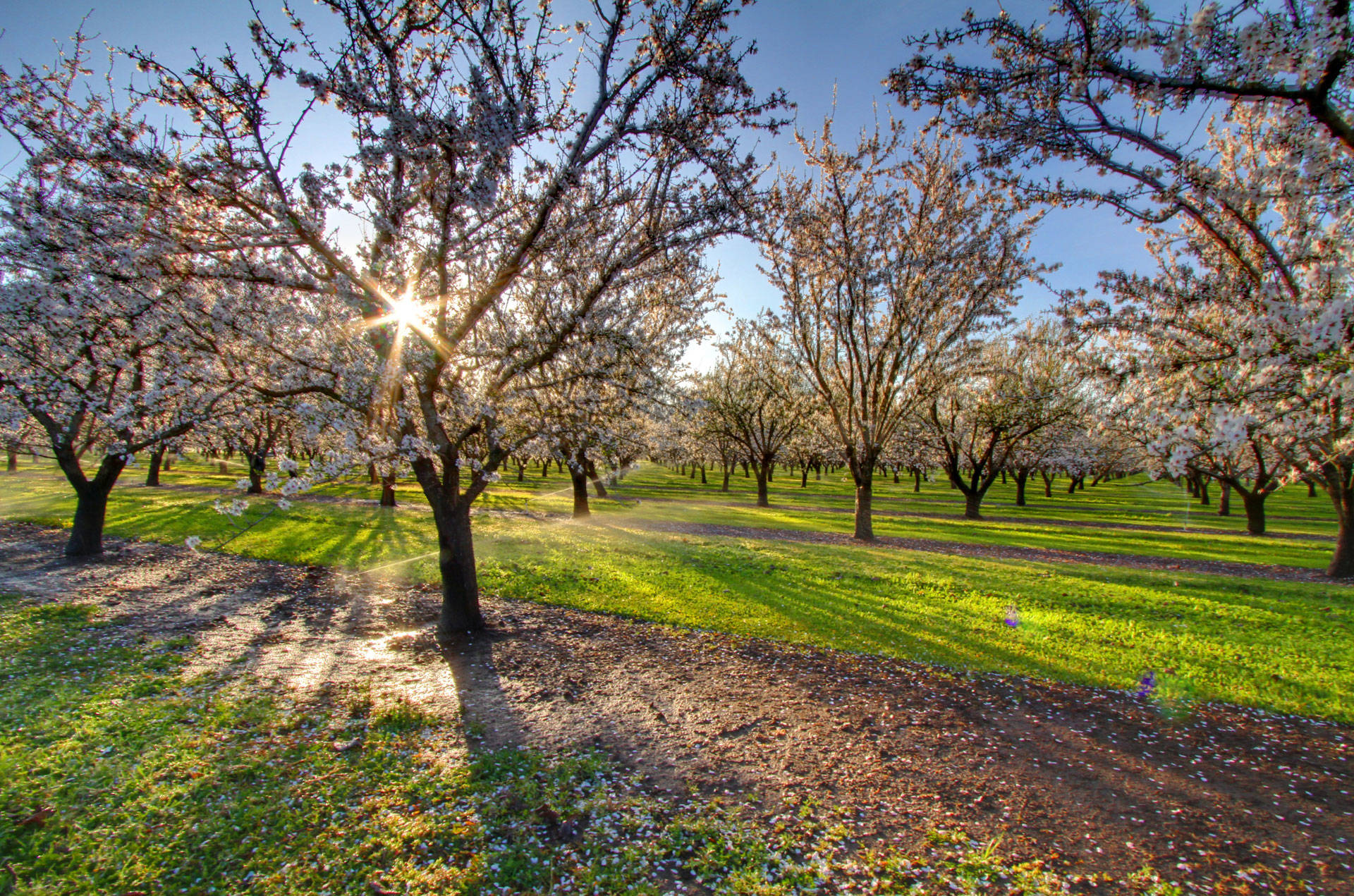Thanks to our recent habit of reading Facebook posts from the Butte County Sheriff’s Office, we came across the following item: A couple was arrested Friday in the community of Biggs, just outside Oroville, on charges of felony possession of stolen property.
The property in question: several beehives that had vanished a couple of days earlier from a commercial beekeeping operation about 13 miles west of Biggs.
The Butte sheriff’s statement on the arrests said evidence at the scene of the theft suggested someone had taken the hives, put them on a small trailer and driven away.
The day after the hives went missing, the Sheriff’s Office said, Deputy Jay Freeman was alerted to a small utility trailer parked in the driveway of a home in Biggs. The trailer was suspicious, Freeman was told, because the residents were not known to have kept bees or beehives in the past.
Deputies determined the hives matched those reported stolen and arrested the home’s residents, Kenneth Dwayne Allen, 55, and Linda Milstead, 52.
According to the sheriff’s statement, Allen and Milstead said they had intended to place the stolen hives in an orchard near Winters, in Yolo County, under a contract for almond pollination.
If convicted on the possession of stolen property charge, they could face up to a year in county jail.
The alleged Biggs theft wasn’t the only one reported to Butte County authorities last week. The California State Beekeepers Association announced a second incident west of the town of Richvale in which eight hives were stolen by thieves who may have used a flatbed truck equipped with a boom to carry the bees.
In fact, the CSBA alert says, the suspected thieves might have returned to the scene of the crime.
“On the evening of Jan. 28, the owner of the hives was at the apiary yard getting ready to load bees for almond pollination,” the CSBA said. “An older model late 1980s Chevrolet or similar, 14-foot flatbed truck with a boom on it drove up to the yard after dark, at approximately 6 p.m. When the driver of the vehicle saw there were people in the yard they drove off and out of the area and never returned. It is believed based off the evidence and circumstances that this vehicle may have been involved in the prior theft and was returning to steal more beehives. It is also believed that this vehicle will continue to search for hives to steal as almond pollination is upon us in California.”
B
ee thievery is not new. News outlets all over the country have reported on one of the biggest known heists, a Fresno case in which two men were busted in possession of as many as 2,500 beehives reportedly worth nearly $1 million. (See, for instance, in-depth reporting by Reveal and Bloomberg Businessweek.)
Why is it happening?
Almonds are big business. California’s crop is valued at more than $5 billion a year, and bees that make that payoff possible are impressive earners in their own right.
Almond growers typically deploy two hives per acre of orchard, with the hives generally renting at between $180 and $200 each for a season that lasts four or five weeks at most.
With 2 million or so hives hired out for almond pollination, that adds up to gross revenue of hundreds of millions of dollars earned in about a month.
Seventeen large-scale beekeeping operations reported on a California State Beekeepers Association survey last year that they hired out total of 91,000 hives for almond pollination and grossed about $17.3 million — an average of more than $1 million each.
Who is behind the thefts?
The consensus among those in the industry is that experienced beekeepers are often responsible.
“Beekeepers have the knowledge and equipment to go in and take the hives and the market to profit from them,” one bee contractor told NPR in 2016.
That was apparently the case in the big Fresno case. One of the two men arrested in the 2017 Fresno bee rustling, Pavel Tveretinov, is a beekeeper from Sacramento County.
Despite all the headlines it generated, that case is still months from going to trial. After numerous delays, Tveretinov and an alleged accomplice are now scheduled for a preliminary hearing in June — more than two years after their arrests.

